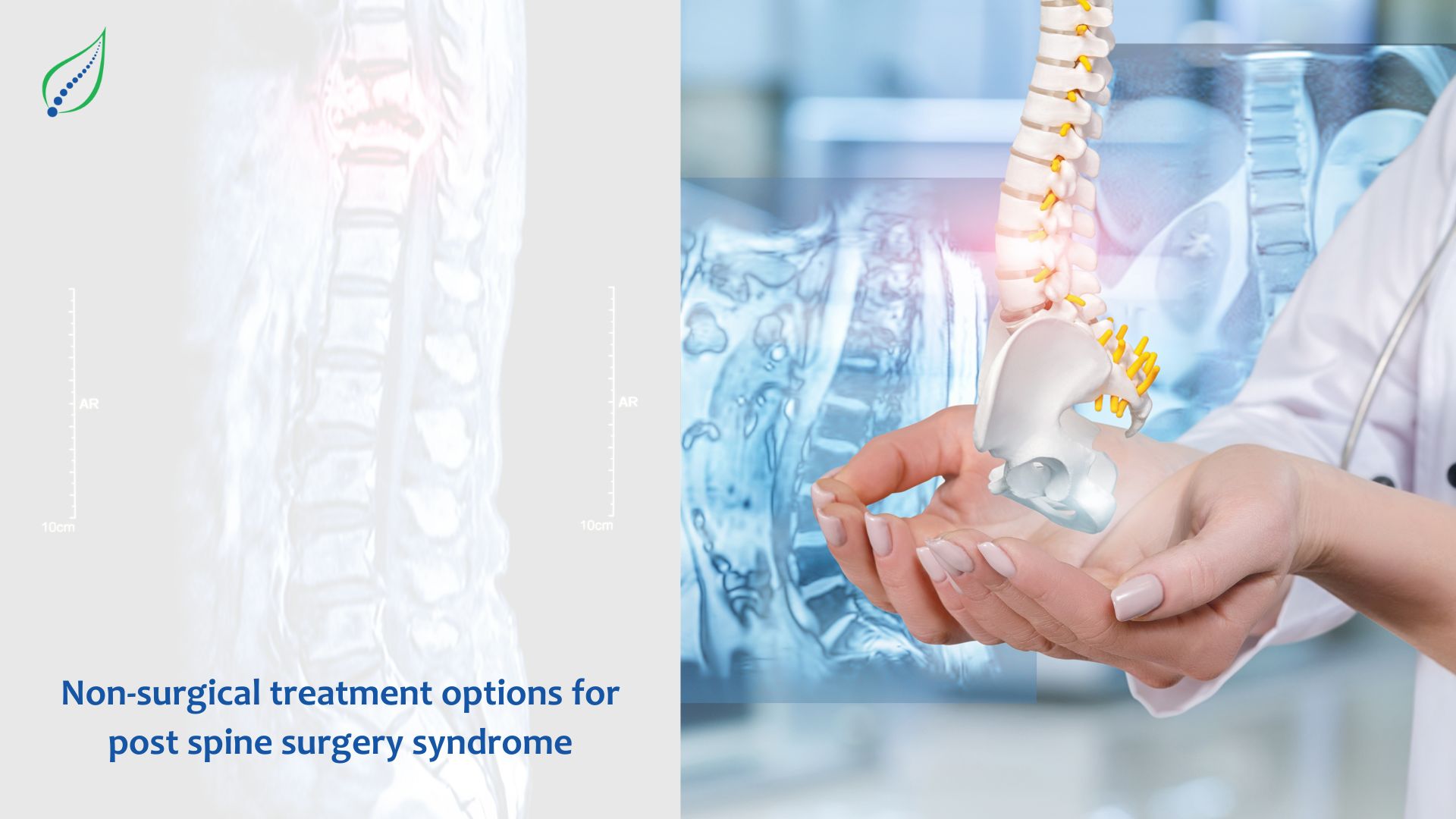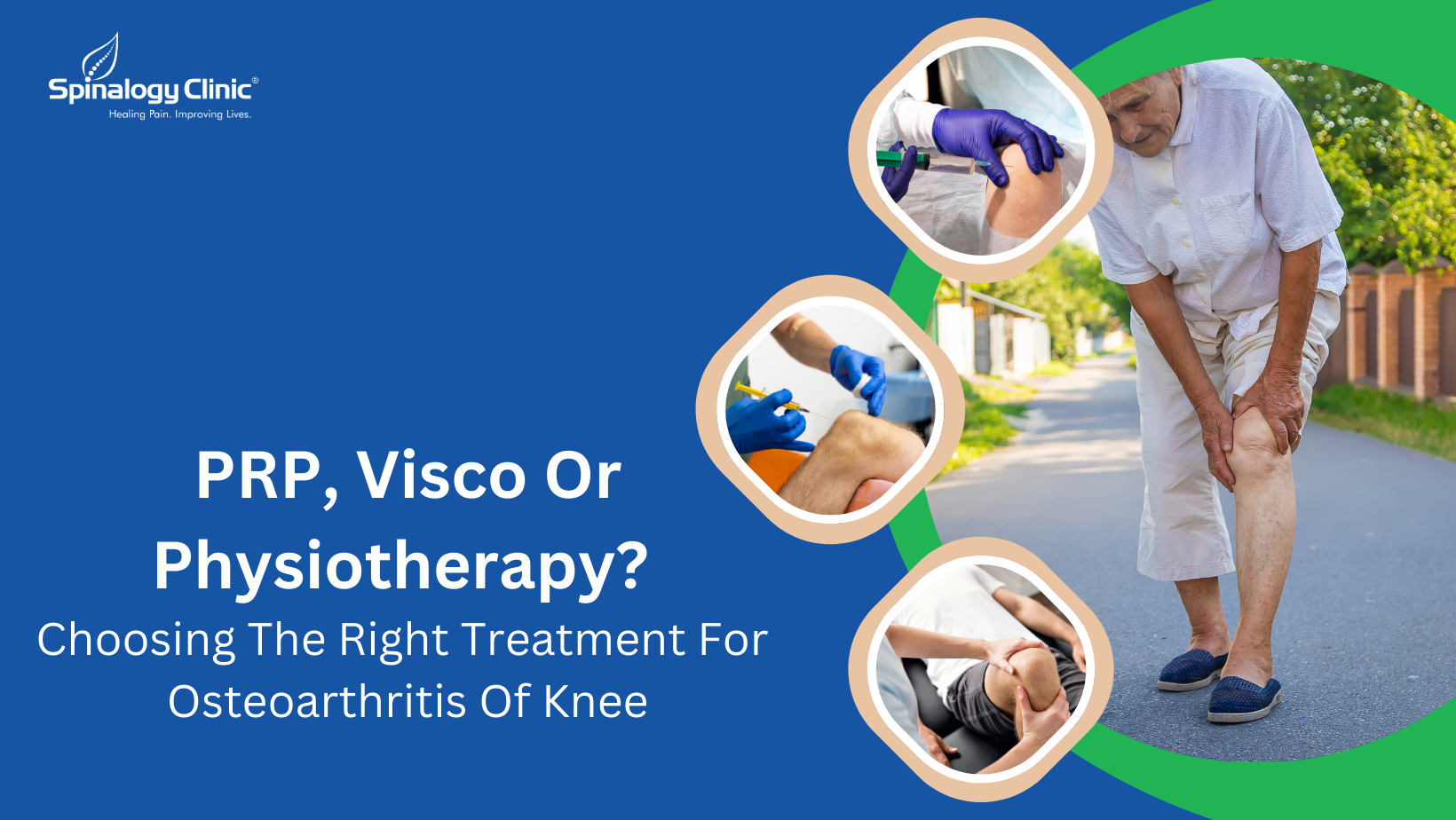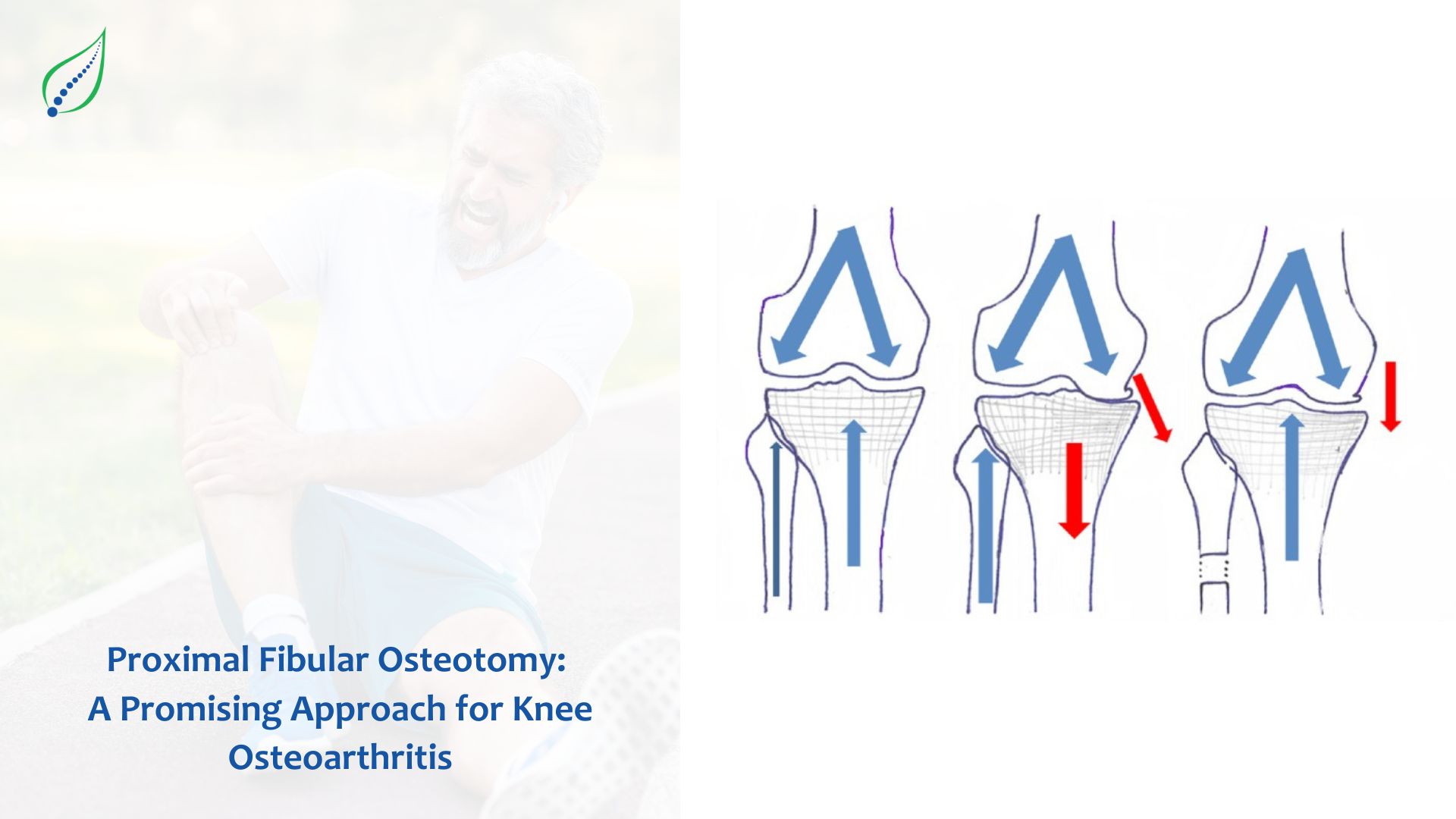Non-Surgical Treatment Options For Post Spine Surgery Syndrome
Getting spine surgery is a significant action, with the purpose to fix enduring back pain and bring back normal function. However, there are situations where patients continue to have pain or their symptoms become worse even after undergoing surgery. This condition is called Failed Back Surgery Syndrome (FBSS) or Post Spine Surgery Syndrome (PSSS).
Though it is sad, there are several treatment choices available for PSSS (both nonsurgical and surgical) that can assist in managing the condition and enhancing one's life quality. The crucial element lies in cooperating closely with your doctor towards a methodical strategy for diagnosis of what exactly is causing your ongoing pain as well as discovering therapies which suit best to your situation.
Nonsurgical Treatments
Usually, a course of non-surgical treatments is done for many months before thinking about more invasive methods. These conservative therapies try to decrease inflammation, lessen pain and bring back strength and movements in the back.
Medication is typically the initial way of dealing with this. Nonprescription or prescription grade nonsteroidal anti-inflammatory drugs (NSAIDs) can assist in lessening inflammation and easing pain. For more intense pain, medical professionals may give opioid analgesics as a remedy. Other medications, such as muscle relaxants, anticonvulsants and specific antidepressants can be utilized occasionally for obstructing pain messages heading to the brain.
Physical therapy is also a key part of PSSS treatment. A physical therapist will lead you through an individualized plan that includes strength and stretching exercises aimed at the weak points and tense areas unique to your body. Growing core power relieves stress on the backbone, and bettering flexibility sustains movement scope. There is also a common technique that uses massage and other hands-on therapies to break up any scar tissue that may be blocking the natural healing process.
Patients are also comforted by complementary treatments such as ayurveda therapies and mindfulness. These methods aim to calm the body and mind in order to manage pain more effectively. You can also ask your doctor about using heat or cold, ultrasound therapy, and electrical nerve stimulation treatments.
Injections and Minimally Invasive Procedures
If the initial steps of non-surgical methods do not alleviate your pain after many months, then moving on to injections or less invasive procedures might be suggested by your doctor. These precise techniques are designed to interfere with pain messages and dismantle troublesome scar tissue.
Adhesiolysis is a process where we insert medicine into the region of epidural scarring. The purpose here is to dissolve any scar tissue that could be pressing on nerve roots and causing pain. How many injections are needed for adhesiolysis depends on the size and place of your scars; sometimes it may take just one injection, while other times multiple shots over a few days could be necessary. The procedure can be repeated after a few weeks if needed.
Radiofrequency ablation (RFA) or radiofrequency neurotomy involves the creation of a lesion on a nerve that carries pain. When this nerve is ablated, it cannot send signals of pain to the brain anymore. The result from RFA can provide relief for a period ranging between some months up until a few years. The nerve is likely to grow back, so if pain comes back again, we can do the procedure once more.
Epidural steroid injections are a usual treatment for PSSS. This involves injecting steroid medication into the epidural space of your spine, where it can spread to inflamed nerve roots and other tissues. The impact of anti-inflammatory assists in reducing swelling and soothing pain. Injections may need to be repeated periodically to maintain relief.
Bottom Line
Dealing with PSSS is not easy, it can be hard on both physical and emotional aspects. It is natural to feel upset and demoralized when pain continues after undergoing a big operation. But there are answers; you do not need to endure this forever. Be active in your care, and cooperate with your doctor to discover the correct mix of treatments for your unique requirements.




